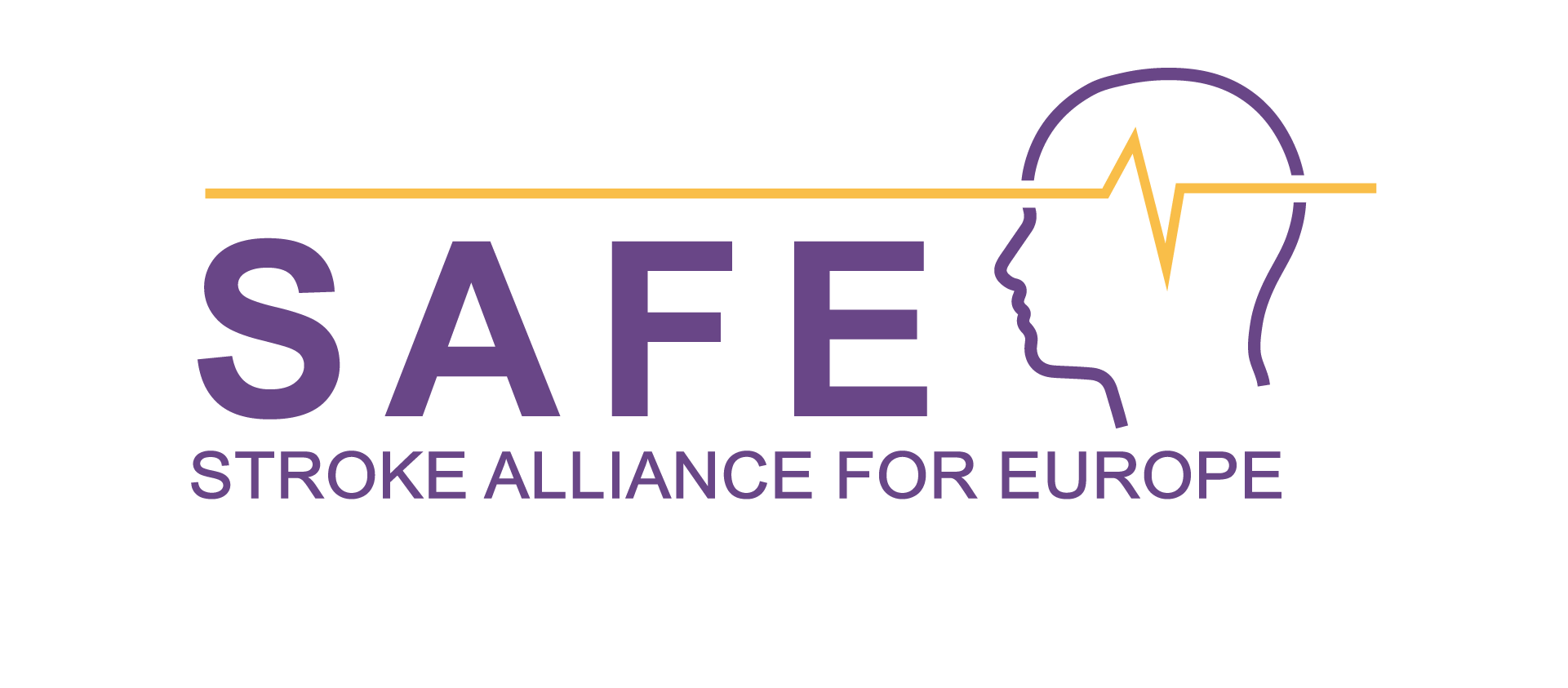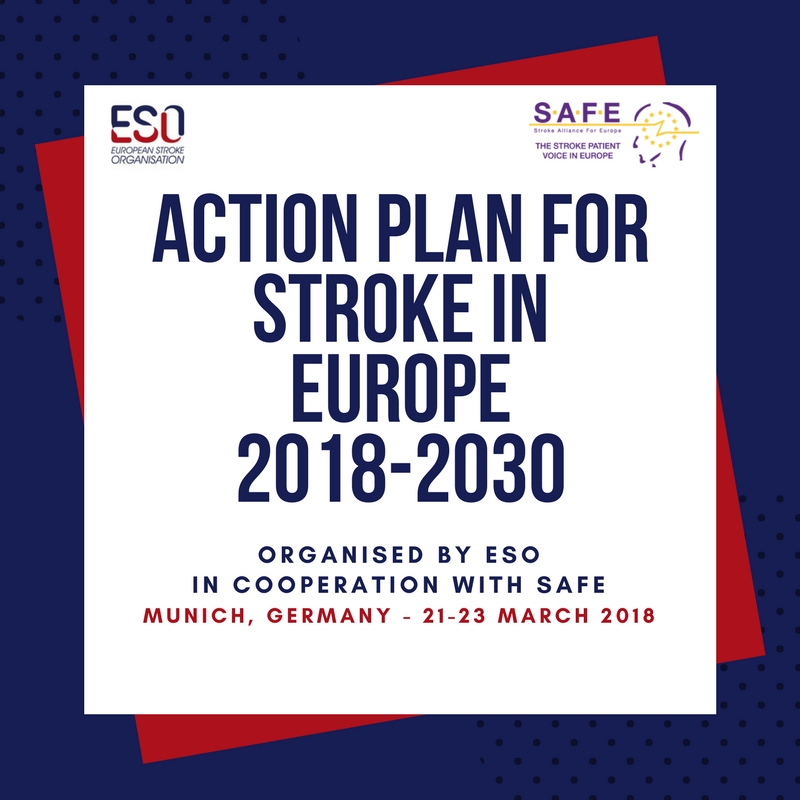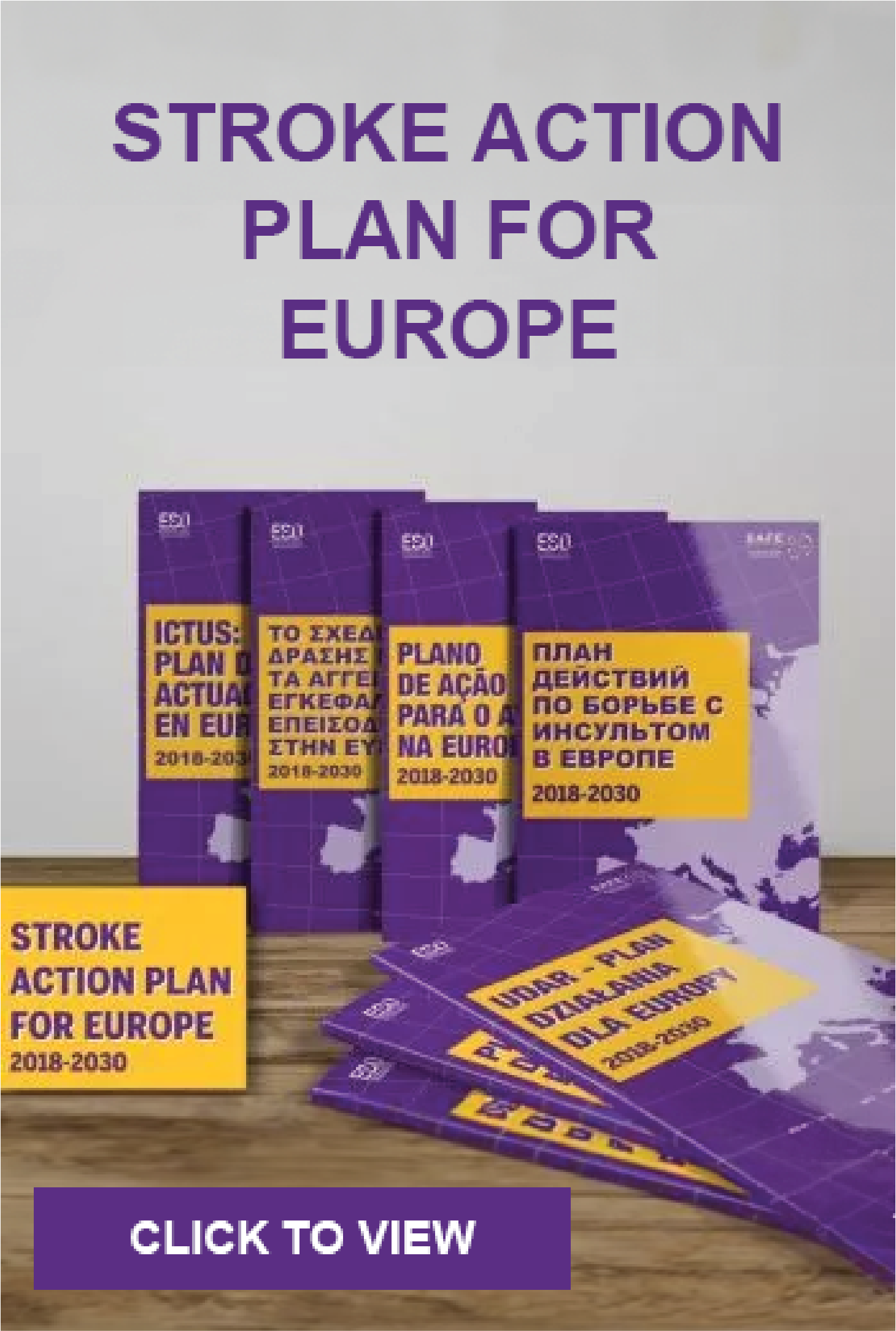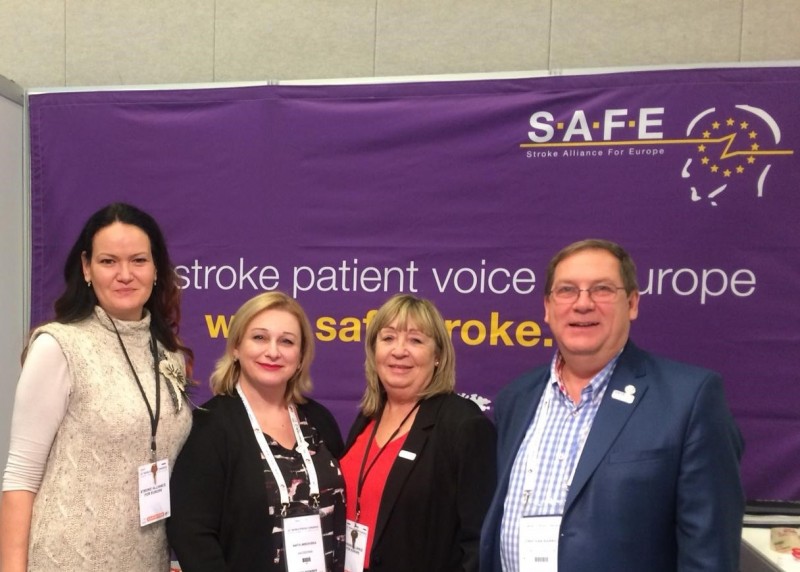
World Stroke Congress 2018: SAFE Actively Represented the Patient Voice in Europe
At this year’s World Stroke Congress In Montreal, Canada, SAFE was present through a variety of activities, from chairing stroke support sessions, being one of the key speakers and presenters, having a very well noticed and visited information stand, to actively participating in the World Stroke Day workshop and shaping the World Stroke Campaign in the years to come.
SAFE President Jon Barrick presented the SSOFT project, an online ‘how to’ toolkit for a range of advocating skills training, from setting up a stroke support organisation to leading PR and advocacy campaigns. This tool aims to build capacity of the European SSOs but can be used much broader to increase one world voice for stroke. His presentation sparked interest even among SSOs from other continents leading to an interesting exchange of ideas and suggestions for its further development. The SSOFT project will be completed by end of November 2018. Project team are looking at the future development such as translation into other languages, additional modules, global scope, said Barrick, but it is depending on funding. The presentation was broadcasted live on Facebook and the video can be found here.
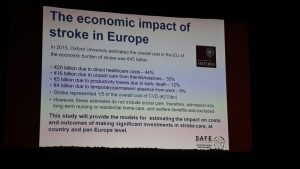
In addition to the SSOFT project, SAFE had a chance to present the economic Burden of Stroke Report, scheduled to be published towards the end of 2019, as well as the SAFE & Industry Partner collaboration project on Life With Spasticity.
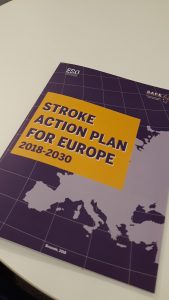 However, the Stroke Action Plan for Europe 2018-2030, a joint SAFE and ESO project got the majority of attention due to the fact that it just has been launched in May this year and is aimed to set the road map for stroke prevention, treatment and life after stroke in Europe in the next 12 years.
However, the Stroke Action Plan for Europe 2018-2030, a joint SAFE and ESO project got the majority of attention due to the fact that it just has been launched in May this year and is aimed to set the road map for stroke prevention, treatment and life after stroke in Europe in the next 12 years.
Successful examples and case studies from around the world, such as the one of the Swedish Stroke Registry and their latest project about caregivers and how they are coping with the consequences of strokes in their loved ones. The need for comprehensive and systematic follow up reviews for stroke survivors, after 3, 6 and 12 months was particularly stressed out.
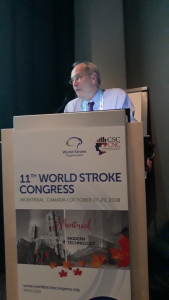
Prof. Bo Norrving
We heard from Prof. Bo Norrving, University of Lund, Sweden, that one of 6 strokes was eradicated in Sweden over the last 6 years, meaning 14,000 in absolute number of strokes, and saving one billion euros. The reason for this success lays in treatment of TIA, atrial fibrillation and use of preventive medications. Stroke is probably the single most preventable disease of all. It may be that I am wrong, but I would like to be proven to be wrong, said Prof. Norrving.
During a separate open session on stroke as part of the non-communicable disease, Stephanie Mohl on behalf of American Heart and Stroke Association opened the conversation saying: Here we are in 2018 and we still need to talk about why patients need to in center of the healthcare, pointing towards all of the necessary efforts to convince the policy decision makers to listen to the patient voice in almost all parts of the world.
The way non-communicable diseases were addressed so far by the policy makers, the NCD acronym might as well stand for No Can Do, said Jon Barrick. This needs to be changed, but we need to be aware that people don’t put energy into hopeless campaigns, so stroke support organisations should be more active in showing perspectives and opportunities for stroke survivors and their carers.
SAFE was active on social media during the whole three days of the World Stroke Congress. For more information, please visit our social media accounts on Facebook and Twitter.
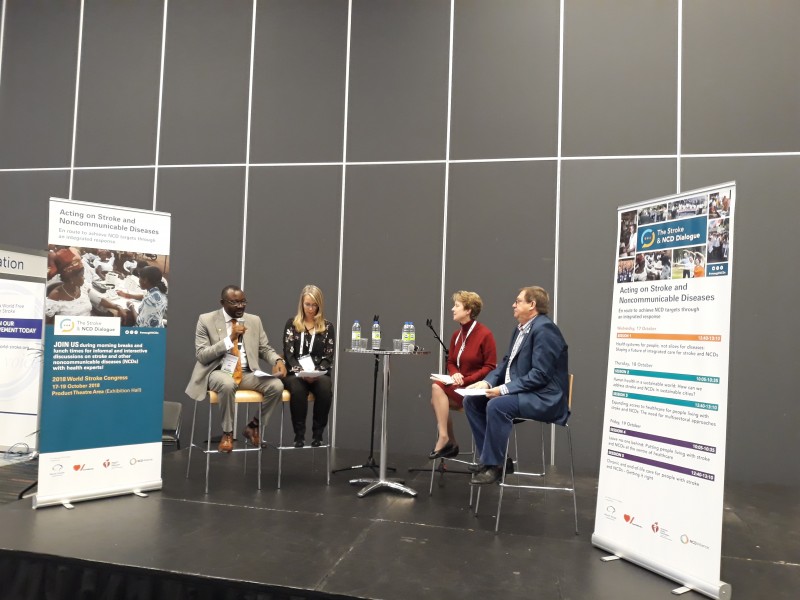
An open session on stroke and non-communicable diseases
